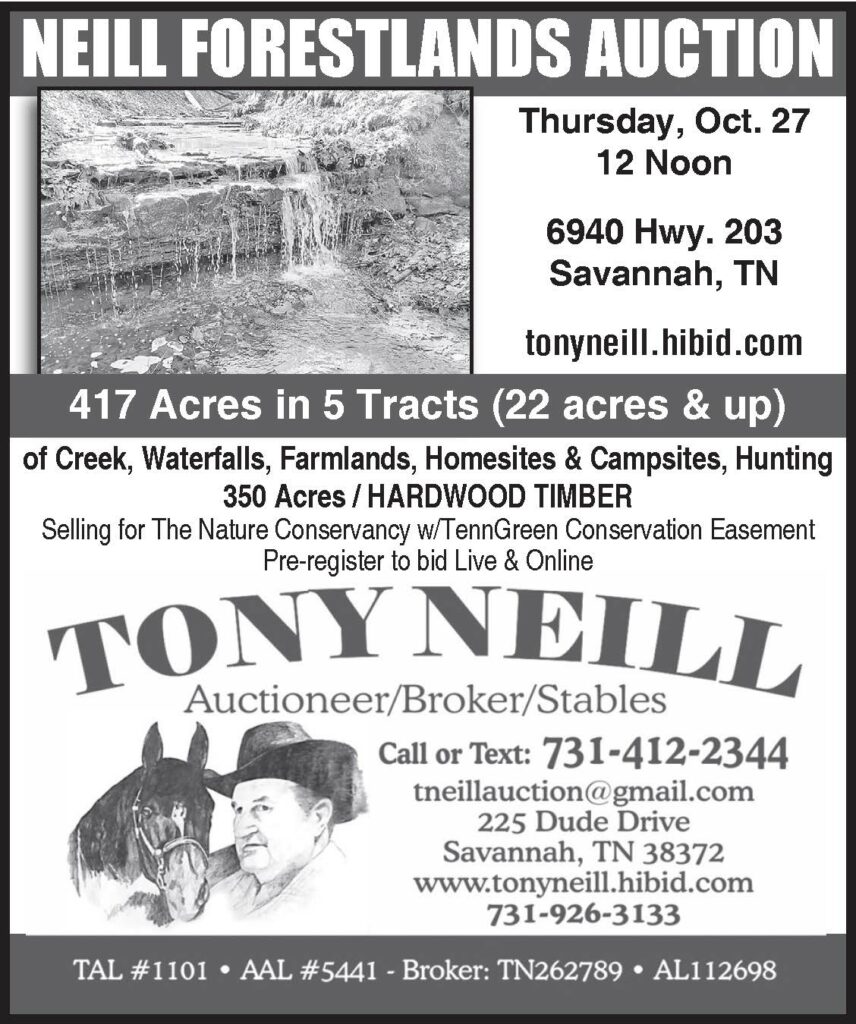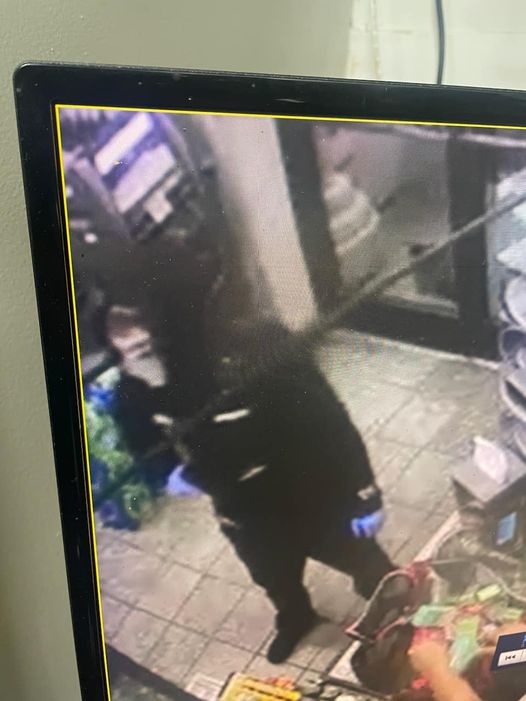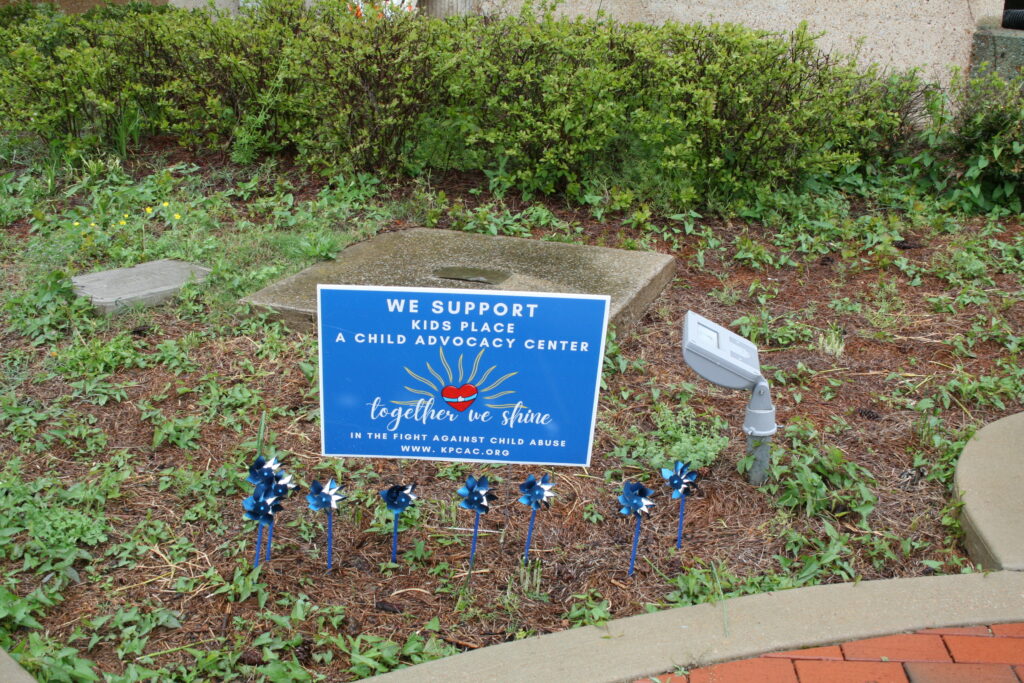We have a wall in our house, like I’m sure most people do, where we have measured our kids’ height on their birthdays each year. We put a mark along with their name, the date, and their age. It was fun each year to see how much they have grown, and to see how each kid compared to the others at the same age. There has always been a lot of “polite discussion” over who was the tallest at each age. This last year my son grew 6 inches, now being taller than his sisters who are several years older. He is even taller than his mom, which provides him with a sense of accomplishment that he discusses frequently.
Even though it is just marks on the wall, those measurements provide the opportunity to evaluate change over time, and brings memories of where we have been and where we are now. We may paint every wall in the house, but I can’t imagine we would ever paint that area. It isn’t just the measurements, but the growth those measurements represent.
There may be things that have changed on your farm over the last several years, but you just don’t realize it because you don’t have any markers to help measure the change. Without having a measurement, you can’t see how much you have accomplished, or where the areas to improve are. Here are some areas to consider taking measurements to improve your operation.
Yield – the amount of forage produced from a field can provide valuable information. First of all, it can help you determine if you are producing an acceptable yield, or if there may be something causing decreased production. You need to know the approximate tons per acre of yield. You don’t have to have an exact measurement. It may be as simple as weighing a couple of bales to get an average, then counting how many bales a field produced. And don’t just assume the bales weigh 1000 pounds – weigh them.
How long do you feed hay? – Feed costs are one of the most expensive components of a cow-calf operation. To make the most profit you have to try and cut out as much stored feed required as possible. Grazing is a much less expensive way to feed cattle. If you are having to feed hay 120 days, then there is a good chance you are either overstocked, or you aren’t taking advantage of Tennessee growing conditions. You may have never actually counted the number of days, or maybe you just assumed you were normal because everyone else is feeding the same amount of time. During normal years, there is no reason to feed more than 90 days, and most producers could cut it down to 60-75 days with minimal efforts.
How often do you have to reseed? Most people know when they need to reseed fields. But often we may not keep track of how often a field is having to be reseeded. If you are using tall fescue and have to reseed more than once every 5-6 years, there is something in your management program causing stand life to be reduced. You need to find out if soil fertility, grazing management or maybe clipping height is cause stands to decline more rapidly than normal.
Beef production – there are a host of beef measurements that can be made. I don’t claim to be an expert in any of them. But somehow you need to get a measurement on how much beef you are producing. It might be measured per cow, or per acre, or maybe expressed some other way, buy you have to know how much you are producing. It will help you determine if you are on track, or if there are some things that could be improved.
Costs – Ultimately you need to determine how much money you spend to produce that beef. You need to know if you are selling the beef for either more or for less than it costs to produce it.
This is not a complete list of things that could/should be measured on the farm. But this gives you a start on determining how you can evaluate your operation. Without measuring where you are, you can’t determine if you are making progress improving the operation. In the meantime, I need to go get shoes with thicker soles. My son is close to being taller than me.
By Dr. Gary Bates, Director, UT Beef and Forage Center







